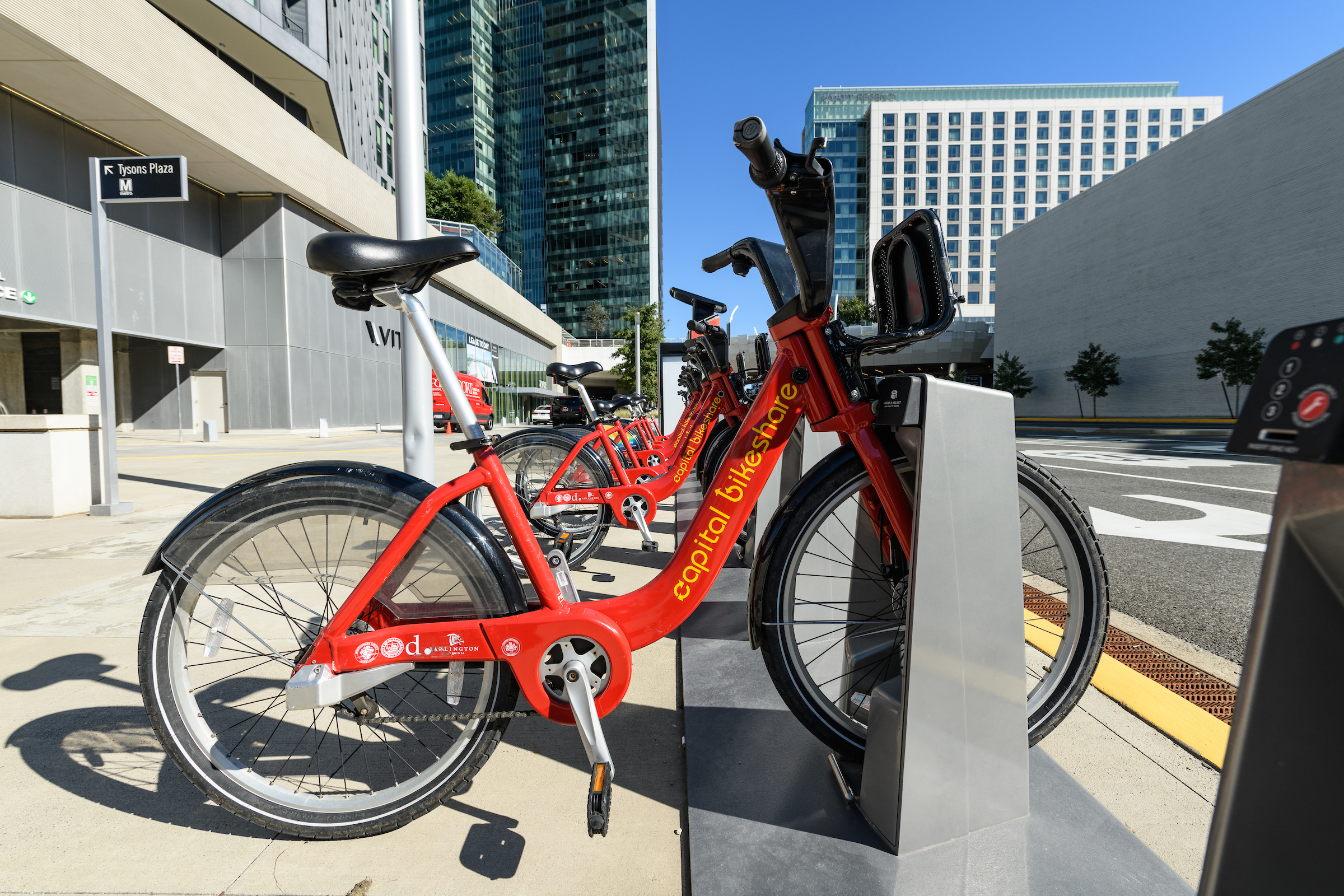
As I wrote in an earlier post, Tysons can be a good if not great place for biking and hiking. But when Fairfax County shuts down one northbound lane of Tysons Boulevard to vehicular traffic beginning on July 6, you must at least try one time for yourself. Capital Bike Share station map
The Bike Share bikes are heavy, so if you procure one, you will go slow, not such a bad thing even in these pandemic times. Tysons Boulevard is not as busy as International Drive but believe me it can get a bit of traffic. So, closing it off to allow pedestrians and cyclists is a good tradition to have.
Let me remind you that in addition to access to Tysons Galleria, you can easily access one of the few trails in Tysons. Even before you enter the closed portion of the street, take a right down West Branch and then enter the trail on your left. It will take you to the (artificial turf) soccer field.
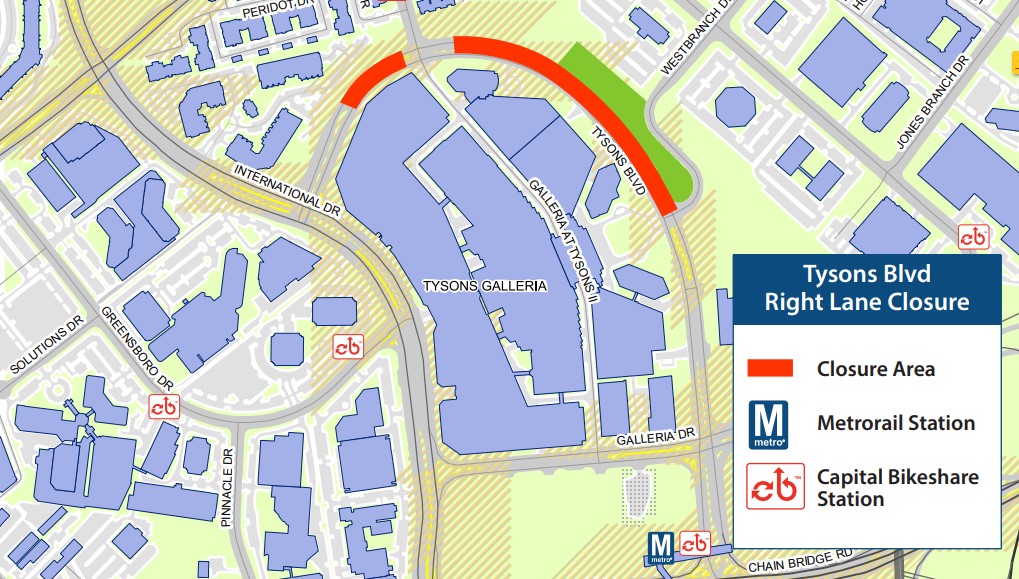
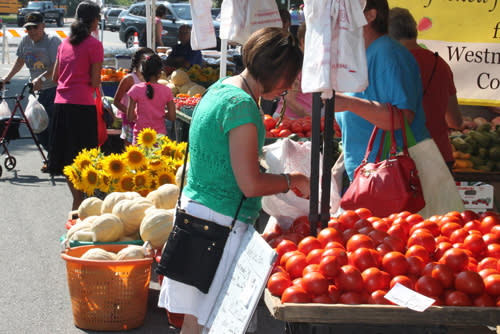
As delicious local summer and fall produce reaches its peak, you might want to check out the bounty that can be found at our local farmers’ markets. These markets offer a wide variety of locally grown and produced fruits and vegetables, flowers, dairy products, baked goods – even soaps, jams and pickles! Wear your walking shoes and bring a basket or shopping bag, because you never know what treasures you might find as you support our local farmers and businesses.
- The FRESHFARM Farmers Market at the Boro is located in the heart of Tysons in the new Boro residential and shopping district off of Route 7. You can find it behind the Loft Building at 8399 Westpark Drive on Thursdays from 3:00 pm to 7:00 pm through October 28th. Read more here.
- The Falls Church Farmers Market To Go is open every Saturday from 8:00 am to Noon. It is located at 300 Park Avenue, Falls Church. Additional information can be found here.
- The McLean Farmers Market is open every Friday through November 12 from 8:00 am to Noon. It is located at 1659 Chain Bridge Road, McLean. Additional information can be found here.
- The Vienna Farmers Market, sponsored by the Optimist Club of Greater Vienna, is open Saturday mornings through October 30. It is located at the Vienna Community Center, 120 Cherry Street, SE, Vienna. Additional information can be found here.
- The NOVA Central Farm Market is open year round on Sundays. April through December hours are 8:30 am to 1:00 pm. It is located at the Church of the Holy Comforter, 543 Beulah Road, Vienna. (The Church of the Holy Comforter is a member of Tysons Interfaith.) Additional information can be found here.
- The FRESHFARM Farmers Market Mosaic is open Sundays through December 26, 9:00 am to 2:00 pm. It is located at 2910 District Avenue, Fairfax. Additional information can be found here.
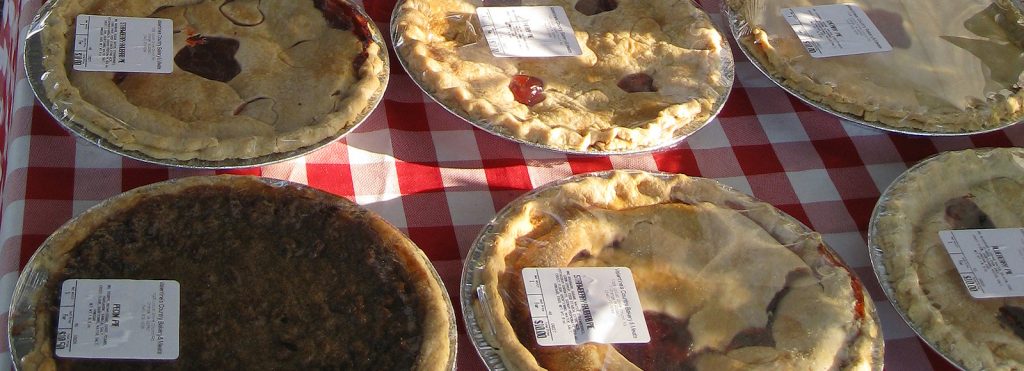
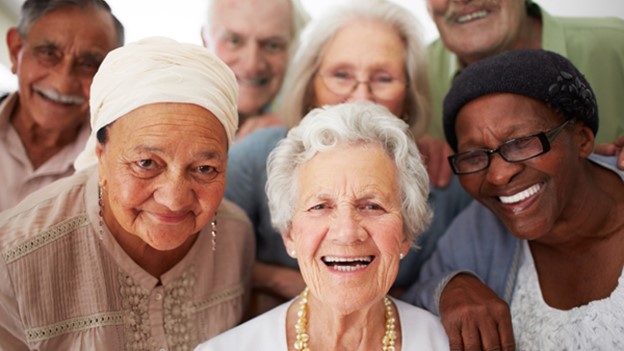
Did you know?…….. The National Council on Aging has a wonderful tool for exploring benefits that are available for seniors that they may not be aware of. According to the National Council on Aging, there are 2,500 benefit programs for seniors nation-wide. Their on-line tool enables seniors (or volunteers/family members helping them) to explore programs that may be available to them in their local area. The types of programs that exist for qualifying seniors may include medication and other health care cost assistance for items such as copays and deductions; income and pension assistance; food and nutrition assistance; housing, transportation, and utilities assistance; tax relief; veterans programs; employment tools; respite care; parks and recreation discounts and educational programs.
Not only is this a great opportunity for seniors to learn about programs that may be available to them, it is also a great tool for individuals, faith communities and others who would like to volunteer their time and talent to help our seniors access these helpful benefits.
For more information, please visit: https://www.benefitscheckup.org/
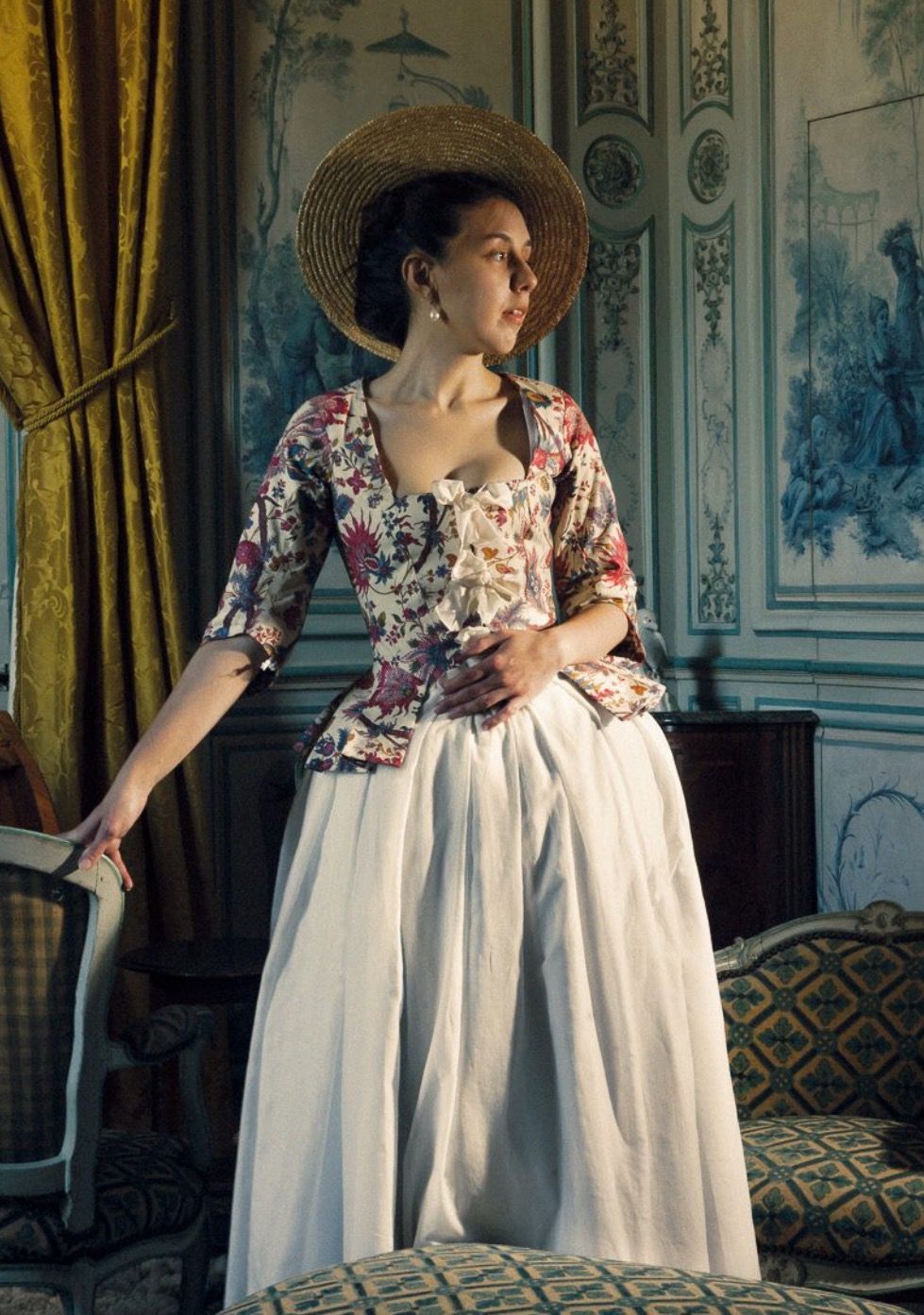
During the most locked-down parts of the pandemic, I didn’t write a book, start a new hobby or make bread. I ate a lot of carbs, sewed some masks, and went on a months-long internet deep dive into historical fashion.
To help me face long days of pandemic ministry, the stress of tech problems, and wading through worship safety precautions, I turned to YouTube to de-stress. I found myself watching more and more (Euro- and US – centric) historical fashion YouTube channels, specifically covering roughly 1790 – 1900, such as Bernadette Banner and Abby Cox, plus following Instagram accounts such as “Not Your Mamma’s History.” As I binged these channels to escape the general pandemic mental breakdown, I started noticing time periods in films based on women’s clothing shape and style.
Fast forward to our current era, spring of 2021, and some of us are emerging from the covid cocoon. Many of us, myself included, are trying on our professional clothes that have not seen the light of day in an entire year… and discovering not everything fits the way it used to. I see post after post all over social media lamenting how our bodies have changed during the pandemic. Even those of us who intentionally attempting to have better relationships with our bodies, myself included, are struggling. Many of us find ourselves in need of new clothes, but this is not a reason for a new wardrobe that our culture has deemed to be “fun” or “good.”
I want to let you in on some timely learnings from my historical clothing deep dives that has saved my own sanity: throughout much of history, women’s fashion has built-in allowanced for bodies to change over time. Existing European and American historical garments have obvious alterations from year to year – both letting out and taking in, to accommodate our body changes in several ways – lacings for stays and corsets (also a deep dive all by itself), buttons, pins, drawstrings, gatherings, and pleats. Seasonally, it was normal for women (and men) to have new garments specifically tailored and have existing garments refashioned. Size wasn’t nearly as important as it is now – in fact, bodies of all shapes have been existing and admired in all historical periods! Instead, shape and proportion were held up as the beauty standard and could easily be achieved with both cinching AND padding for women of all shapes and sizes. Yes, women of any body type used padding to create and enhance whatever fashionable shape was in vogue at the time.
Again, fast forward to current day, and our clothing is less forgiving and less easily tailored than it was in the past. Normal yearly, monthly, and even daily fluctuations are not accommodated, especially in synthetic garments and “fast fashion.” On top of this, our bodies by themselves are expected to achieve beauty perfection in both size and shape all on their own, without the help of structure or padding provided by our clothing (as it had in the past). This is a lose-lose situation, and this reality has only been compounded by our communal pandemic body changes.
My historical fashion Covid escapism has reinforced to me that my God-created body is good and healthy just the way it is. As I struggle sorting my clothes that fit differently now, I try to make my mantra instead of “Why doesn’t this fit like it used to??” into “My body is good. It has gotten me through this pandemic.” However, this is hard. So, as I purge, I am working toward using this moment as an opportunity to curate not just a new wardrobe, but a new KIND of wardrobe. One that honors this God-given, capable body.
As our lives begin to unfold in a new kind of re-opening, I plan to be seeking out this wardrobe. I will look for clothes that make me feel fabulous, with flexible fabrics or adjustable construction reminiscent of the past, constructed sustainably and ethically out of natural materials if possible, that will last more than a season or two. Most importantly (besides pockets), I want clothes that allow my body to breathe, fluctuate, and be alive and mobile out in the world. Strangely enough, some of the old ways have shown me that a new way is possible, which should not have been all that surprising to me. After all, my own faith tradition worships the Risen Christ, alive in a body, raised by a loving God who makes all things new.
A Prayer for Post-Pandemic Closet Purging:
Lord, have mercy!
It’s so hard to worry about what to wear in the months of sweatpants I’ve been living in (and not minding that).
My entire body has not been seen by human eyes in so long!
Lord, my middle hates these pants now,
And nothing fits as it used to –
Shirts that were pretty, but slightly uncomfortable,
Makes me want to crawl out of my skin.
Lord, have mercy, what a pile of clothes that don’t work anymore.
Help me to say, “Thank you.”
Thank you to the shirt that was useful for a time,
Thank you to the dress that helped me through leading that difficult funeral.
Thank you to the pants with the grass stain from Capture the Flag with the youth group.
Thank you to that blazer I wore to the interview that I totally rocked.
Thank you to my body that helped me make it through this difficult time.
Things are different, I am different,
But remind me that you do not love me any less. Amen.
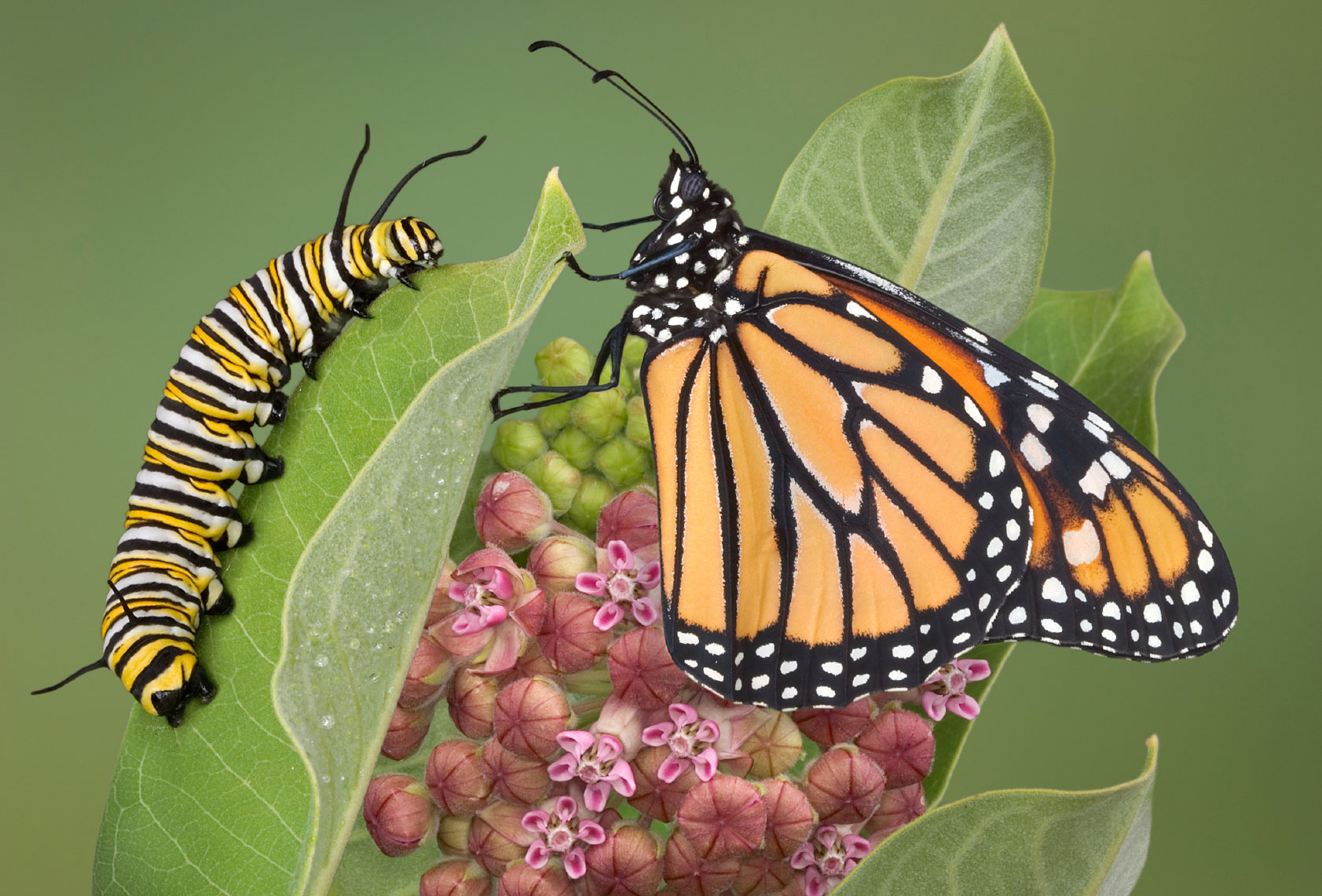
Cracking the chrysalis is one stage in our own metamorphosis, a Greek word that means transformation. It feels like we each wrapped ourselves in a cocoon about March of 2020. We had no idea what was ahead of us. I wonder when a caterpillar wraps itself in cozy silk, if it understands that the silk is going to harden into a casing and that what it believes itself to be when wrapping will never be the same? That’s rather what happened to us. Like the caterpillar, we released life as we had known it – we dissolved – and reformed as something new – or at least we have been offered the opportunity to be a new, best-yet-to-be expression of ourselves. Fortunately, although some of us may feel like our natural circadian rhythm has time-warped into a cicada’s 17-year cycle, it is time to prepare to break out of our chrysalis, to venture into being physically, socially engaged. Much progress has been made so that we can safely enter a new phase of our metamorphosis. For some people who have been pining for physical connection, it’s been way too long. For many others who adapted more deeply to the predictability of life in a cocoon, the prospect of “re-entry” is disquieting, if not outright alarming.
Considering the many changes of this past year in our external circumstances, I don’t know anyone who has declared, “Wow! Can we do this all again?” However, when we look at the personal and spiritual growth that has occurred, I am grateful – even amid the grief.
Ask yourself, “Do I possess a level of faith that makes it possible for me to lean into the unknown in order to have a greater experience of God … am I willing to be transformed?” A hesitant response is a call to dive deep with trust into that perhaps unwelcome nudge by Spirit within – the push-pull urge that lets you know shift is happening. Spirit is pressing you to make a choice and take action. An affirmative answer to the question is a giant step along the path of personal transformation – one phase of a lifelong journey – a journey that is not for the faint of heart. As you courageously lean into your individual transformation, you become a catalyst for universal transformation.
To be willing to transform is the ultimate declaration of faith. In order to open to transformation, we must be willing to let go of all that we know about ourselves, all of the identifiers that are so comfortably reassuring. Far beyond belief that often calls on conditions for validation, surrendering to transformation requires a level of trust that may be challenging. Transformation is described as a thorough or dramatic change in the form, appearance, or character. This is our metamorphosis – the dropping away of what was known. Spiritual transformation requires us to embrace a new identity, a new incarnation of which we may not have an inkling. This is the declaration, “Here I am, Lord. Use me!” without checking it out in advance to see if it is an assignment that meets our worldly concept of ourselves.
The call to transform is the call of Spirit within to align with our Spiritual Truth. It is not a call to build a new you. Nor are you being called to make temporary changes to make it easier to fit into the world around you. The call to transform is the call to come home to being fully alive. The call is to return to our natural state. In his song, “I Return,” David Ault captures what it’s all about:
I return … to the source of my creation,
opening to my place of transformation.
Now I see – Love lives in me.
Come home. Awaken to being boundless Love and Compassion.
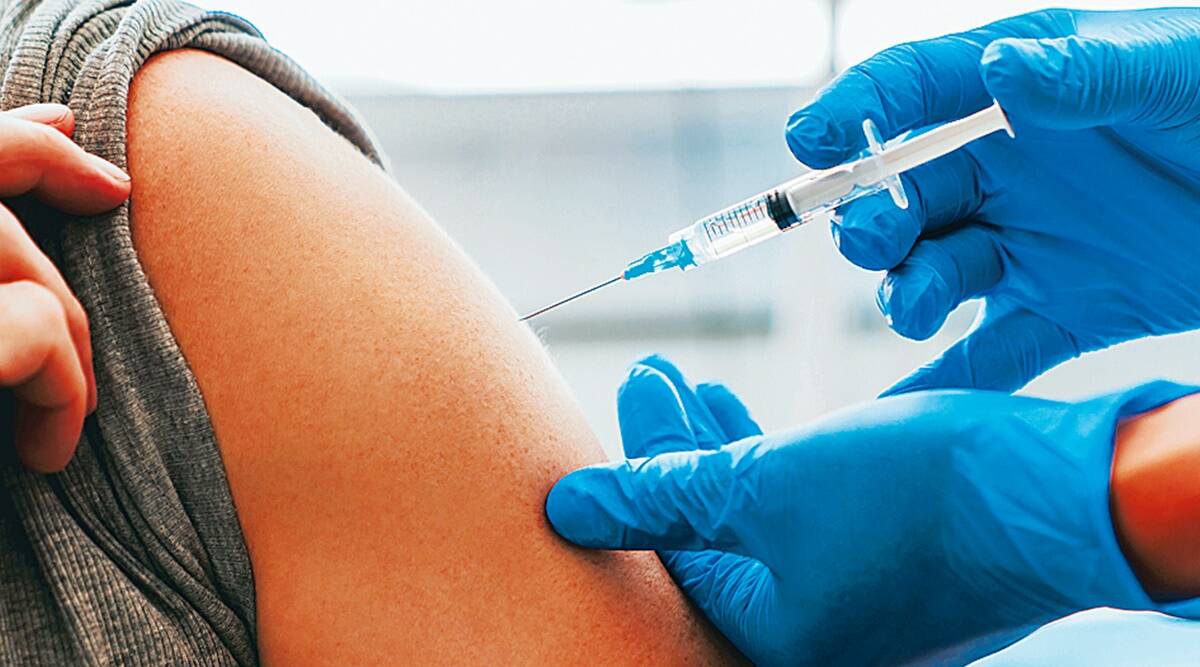
Next week, I will be getting my second Pfizer vaccination shot. Other than a sore arm for twenty-four hours (that proved to me something actually happened) I suffered no ill effects from the first shot.
I know there are people who are hesitating and even refusing to get vaccinated against Covid-19, and that they have a variety of reasons for this. I also know that I come from a relative position of privilege – that I do not have reason to distrust government and have not lived with substandard health care.
Given that, I still think it is important to share the reasons why I am getting vaccinated.
- I trust the science. The FDA granted Emergency Use Authorization for the Pfizer, Moderna and Johnson and Johnson vaccinations because after clinical trials, they scientifically concluded that the vaccines are safe enough to be used for this emergency – a global pandemic that has upended our lives and taken the lives of far too many of our loved ones: FDA Pfizer Announcement; FDA Moderna Announcement. For me, the fact that there was a pause of the Johnson and Johnson vaccination reinforces my belief that government scientists are being transparent and as careful as possible with our health. FDA Johnson and Johnson Suspension of Paulse Announcement. I trust that the vaccine developers and reviewers have brought their very best for us in this crisis and it is our best hope of truly ending it. Indeed, to me the fact that we have these weapons in our arsenal to combat the disease is nothing short of miraculous.
- Beyond trusting the science, I trust my own experience and what I have heard from friends and family who have received the Covid vaccine. Only one of my friends and one family member felt fluish after the second vaccination shot – but this resolved relatively quickly. Even a precious cousin who received the Johnson and Johnson vaccination before the pause, and who has underlying health conditions, suffered no ill effects, for which I am grateful. All of us who reported sore arms also have a sense of euphoria about being granted “super powers” to protect us from the likelihood of ever having to be hospitalized because of the Covid-19 killer.
- Even more than protecting my own health, my desire to protect my multi-generational household motivates me to get vaccinated. My mother and my husband are both in a more vulnerable category. I would move heaven and earth to keep them safe. Of course, I also appreciate the freedom I am gaining to be able to visit with vaccinated family and friends, and to move around in the world with more confidence that I will not get infected or infect others.
- Also for me, getting vaccinated is the least I can do for our health care professionals who have put their own lives on the line, and who continue to work tirelessly to heal and save as many of us as possible during this pandemic.
- Finally, getting vaccinated is an article of faith for me. My friend, the Very Rev. Fran Gardner-Smith wrote a blog post for Tysons Interfaith entitled, “Love your Neighbor” Wear a Mask.” In it, she said: “I understand Jesus’ teaching to mean that every law in scripture and every word of encouragement from the prophet to live rightly may be summed up in the actions of loving God and loving our neighbors. …..when Jesus says we are to love our neighbor, he’s not simply talking about the person who lives next door to us. He’s talking about all the people we encounter, known and unknown.” I am getting vaccinated as an act of love for my neighbor, whether they are next door or on another continent.
I hope and pray that in the end, the vast majority of my neighbors will weigh all the facts and come to this same conclusion that I did – that getting vaccinated is safe, smart, and a civic duty. More than that, it is an act of love toward our fellow humans, and the only way to truly end the Covid-19 pandemic.
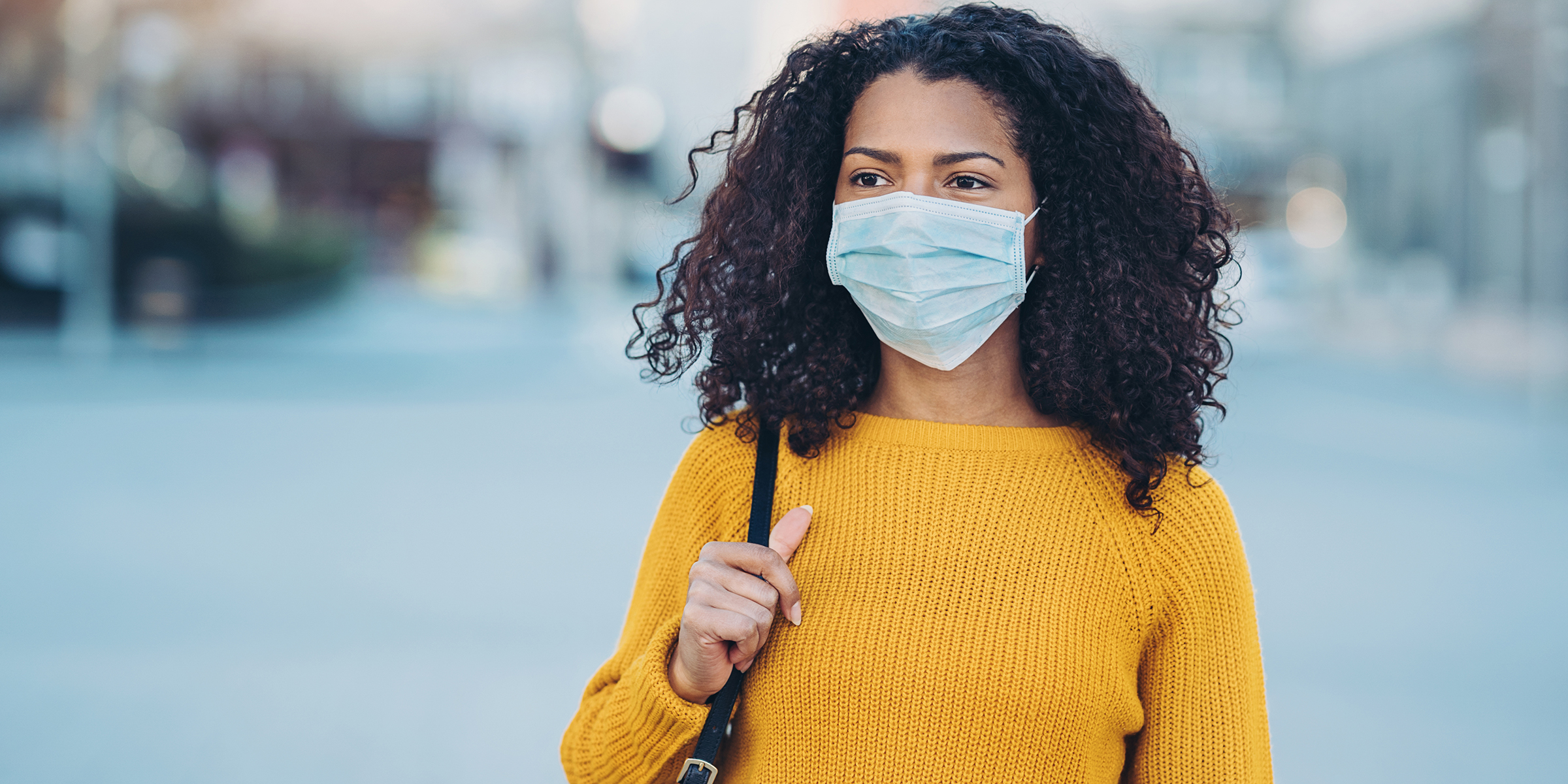
There are multiple instances in the Christian Gospels where Jesus is asked which commandment is the greatest. You can read these different accounts in Matthew 22:34-40, Mark 12:28-31, and Luke 10:25-28. Here is the story as Matthew tells it:
34When the Pharisees heard that Jesus had silenced the Sadducees, they gathered together, 35and one of them, a lawyer, asked him a question to test him. 36“Teacher, which commandment in the law is the greatest?” 37He said to him, “‘You shall love the Lord your God with all your heart, and with all your soul, and with all your mind.’ 38This is the greatest and first commandment. 39And a second is like it: ‘You shall love your neighbor as yourself.’ 40On these two commandments hang all the law and the prophets.”
I understand Jesus’ teaching to mean that every law in scripture and every word of encouragement from the prophets to live rightly may be summed up in the actions of loving God and loving our neighbors.
This love that Jesus is talking about isn’t romantic love. The Greek word is agapé, and it means self-sacrificing love. It’s the love that asks us to put another’s needs above our own. And, when Jesus says we are to love our neighbor, he’s not simply talking about the person who lives next door to us. He’s talking about all the people we encounter, known and unknown.
I’ve been thinking about this teaching of Jesus’ as I’ve heard the debate about mask wearing in these days of COVID-19. I’ve heard people justify their refusal to wear a mask in a few different ways: wearing a mask in some way infringes on their personal freedom; they aren’t worried about catching COVID, so they won’t wear a mask; and/or the government doesn’t have the right to tell others what to do.
I believe that kind of thinking is completely counter to Jesus’ teaching to love our neighbor. My primary reason for wearing a mask is to protect other people, in case I have unknowingly caught COVID. For me, wearing a mask is one way I can live fully into Jesus commandment to love my neighbor. Whatever your faith tradition, I hope you’ll join me.
This blog post is the expressed opinion of its writer and does not necessarily reflect the views of Tysons Interfaith or its members.
